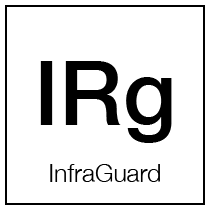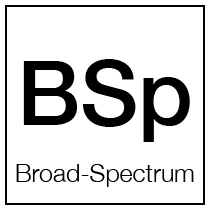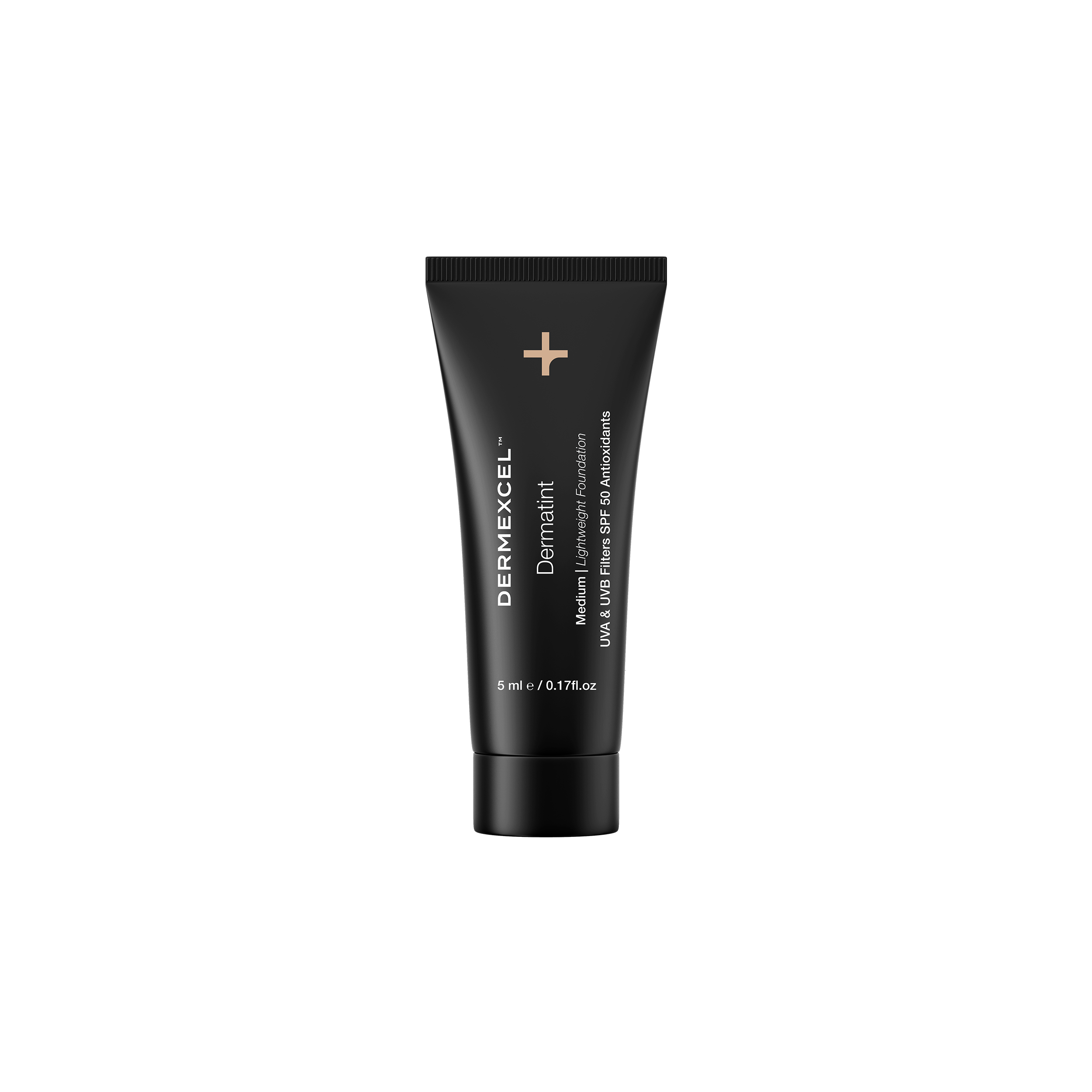
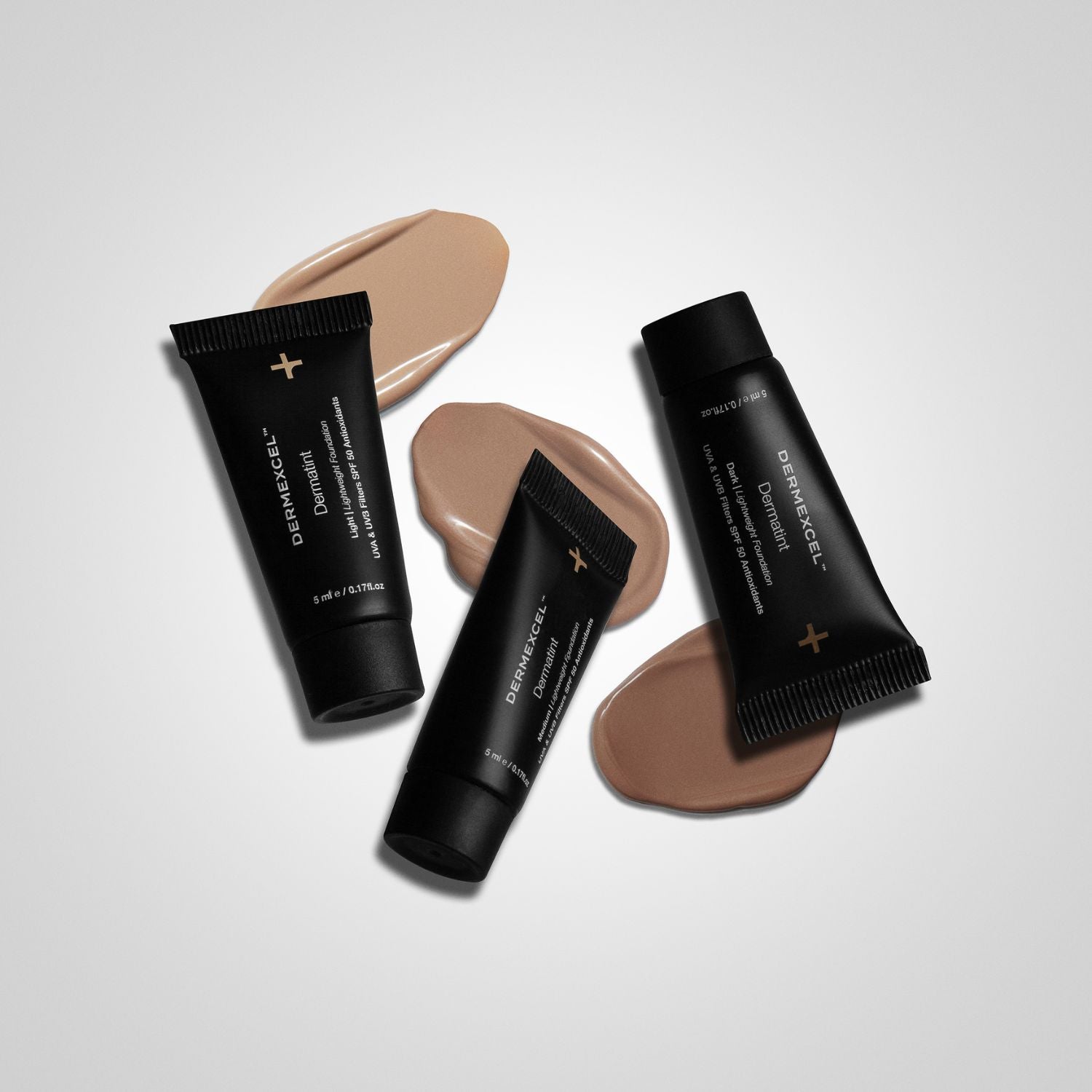
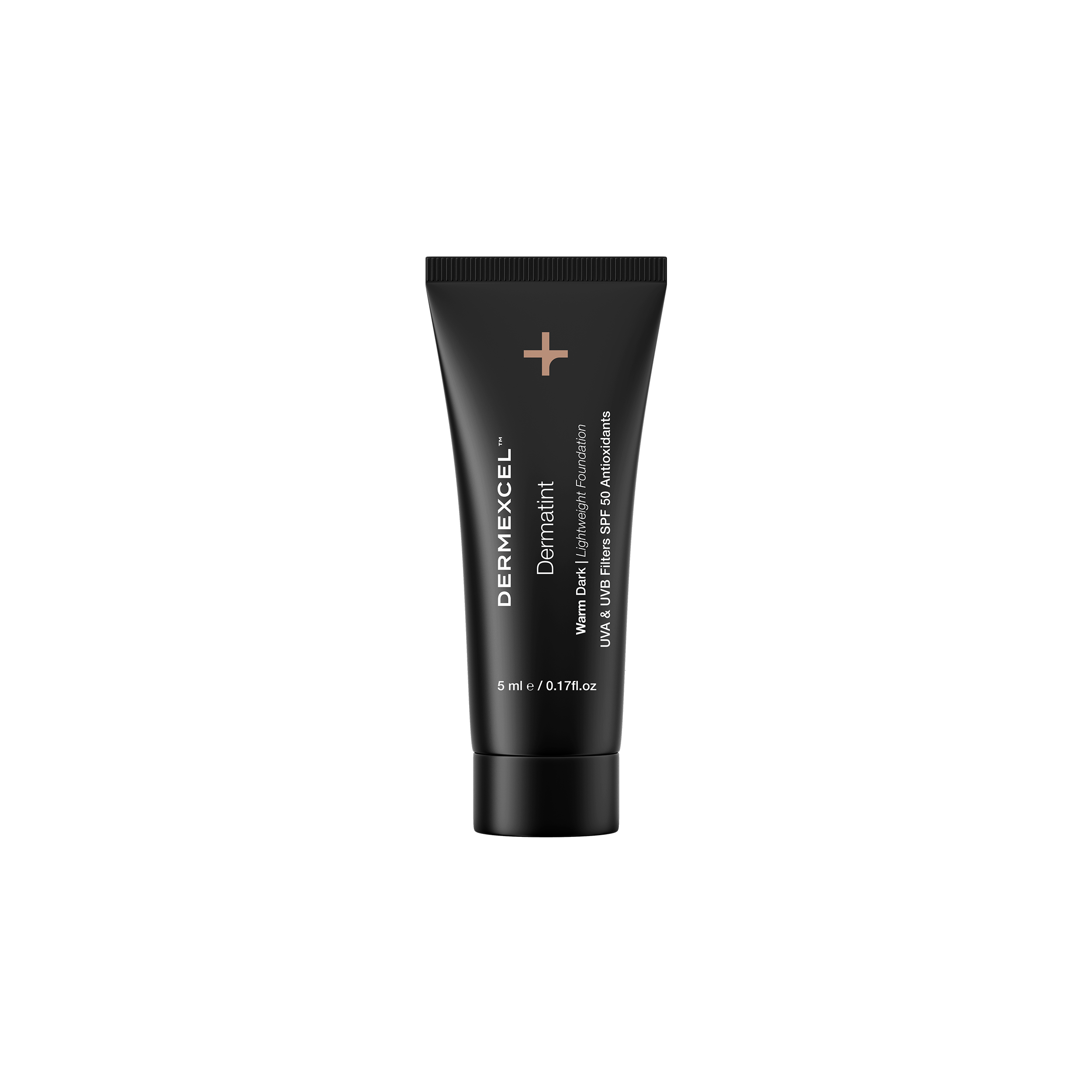
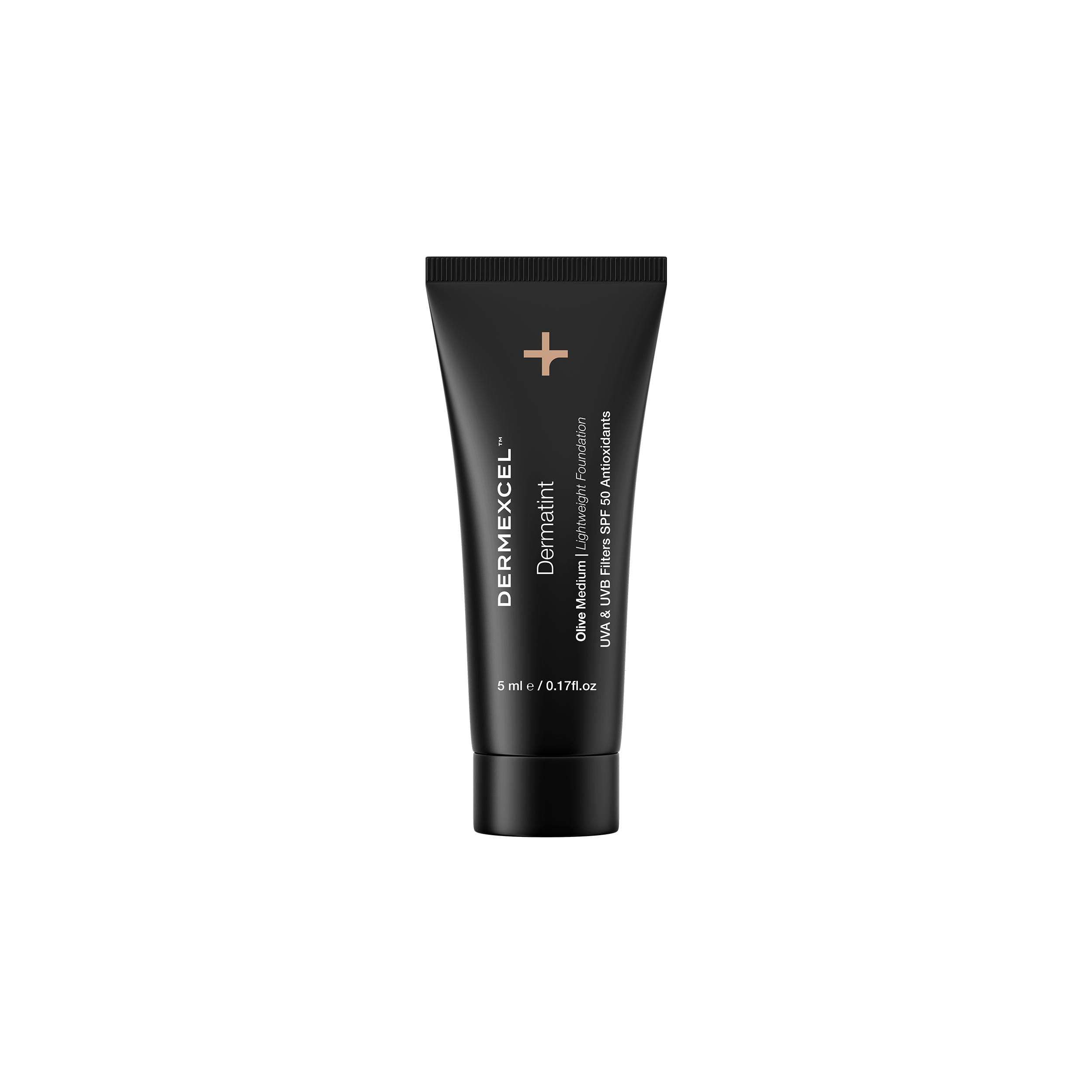
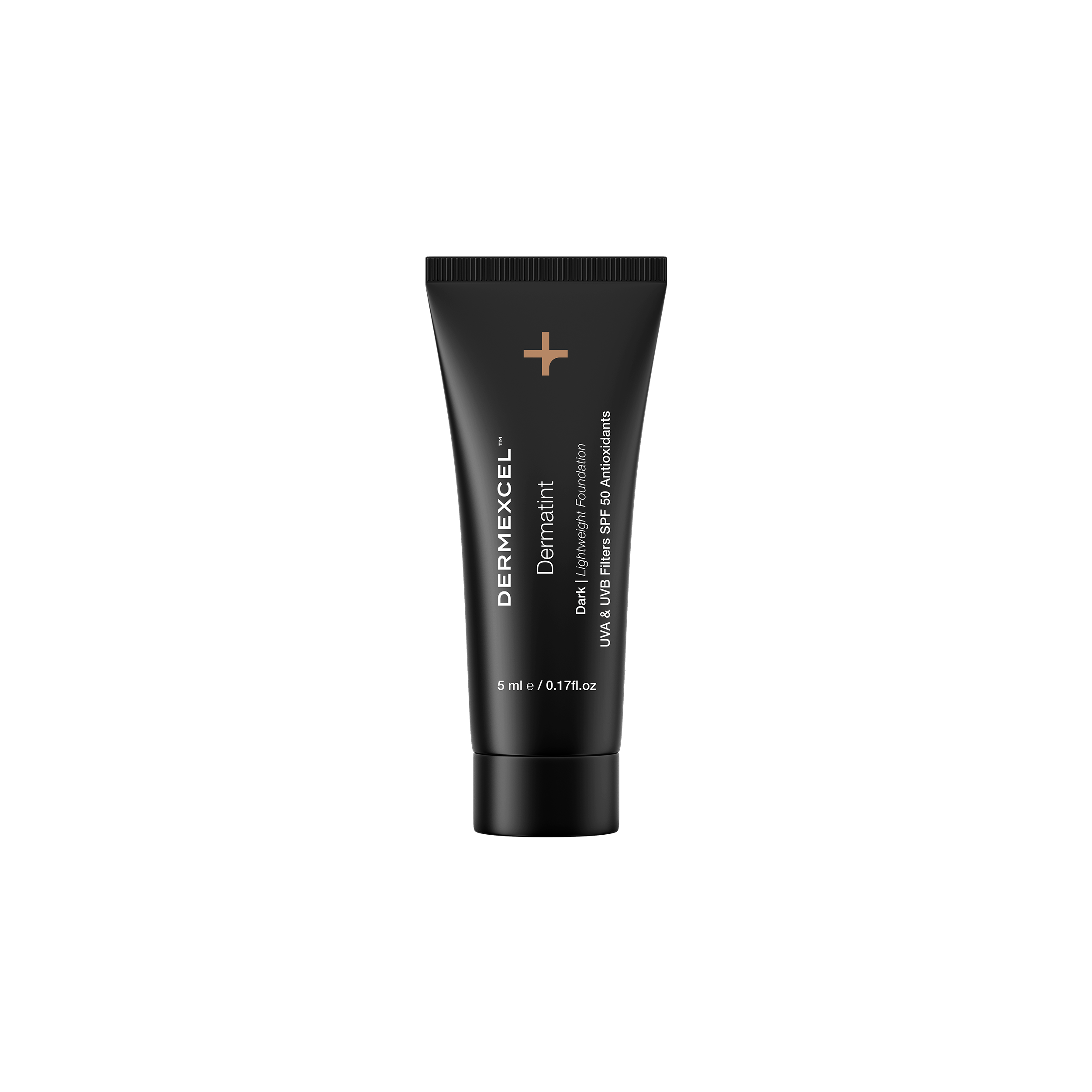
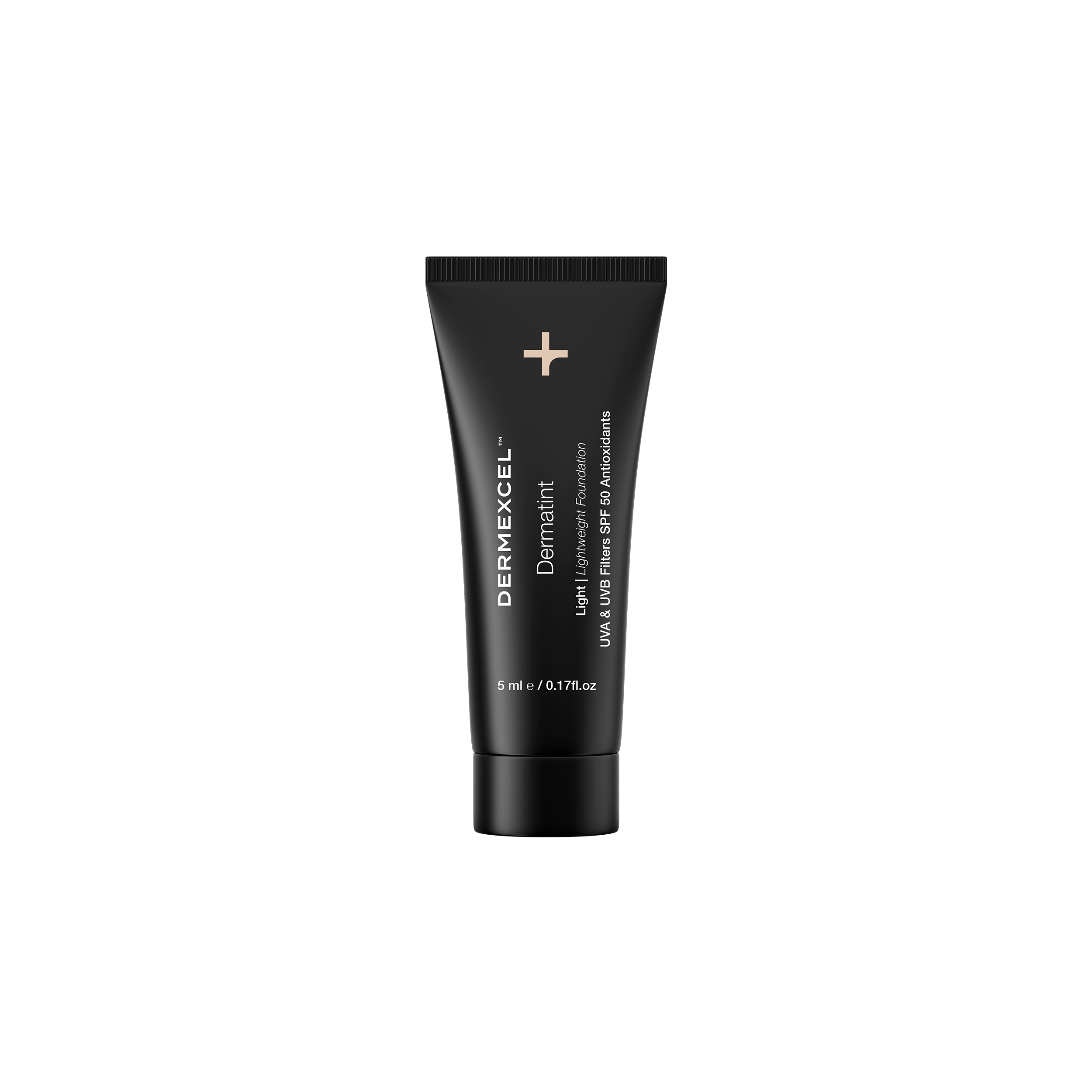
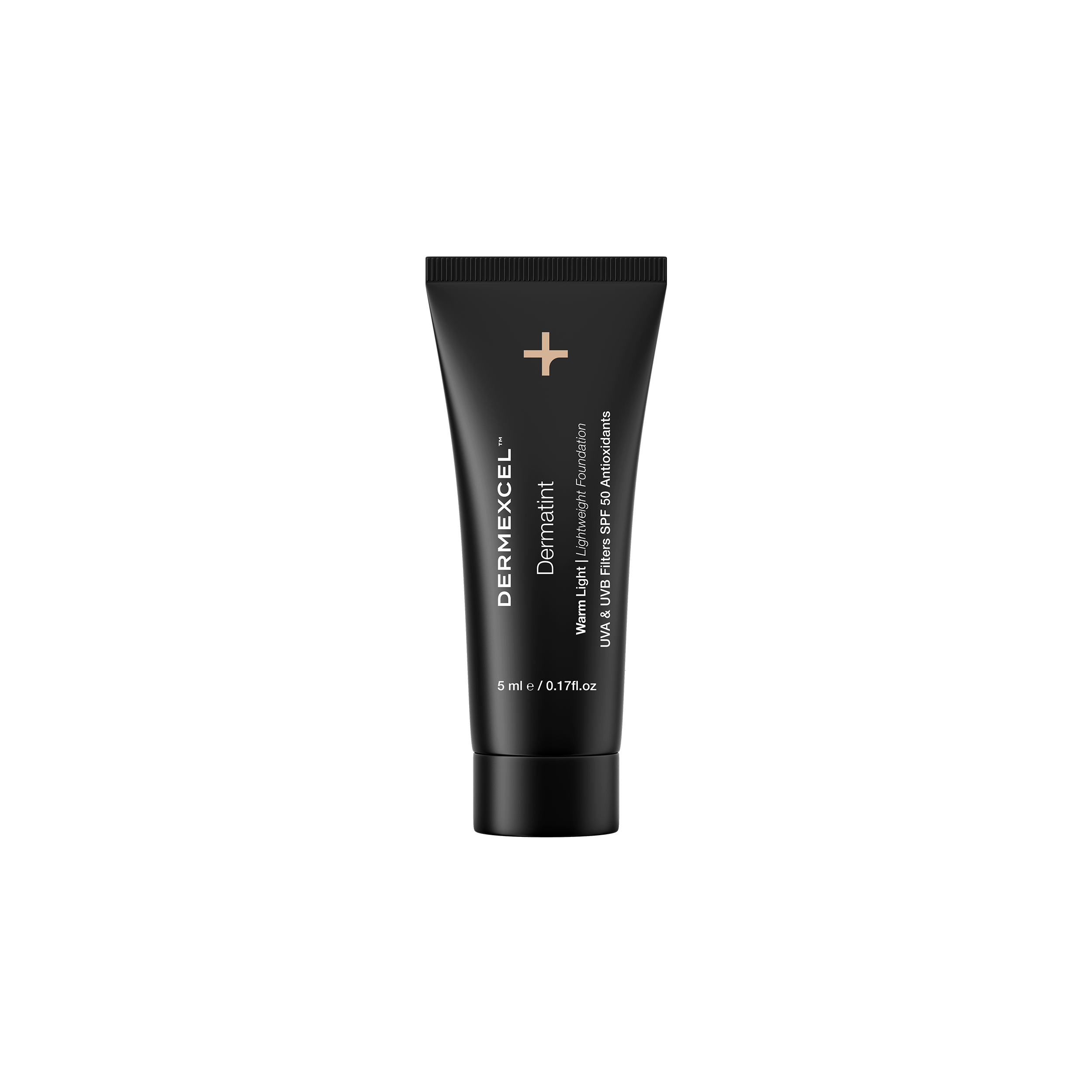




Lightweight Foundation
Pay interest-free installments from R 22.17 with various payment gateways selected at checkout.




Choose options
Water, Octyl methoxycinnamate (Uvinul® MC 80), Undecane & Tridecane, Hexanedioic acid, Mica & CI 77891(titanium dioxide) & CI 77492 (Synthetic and ethically sourced), Polyoxyethylene sorbitan monostearate, PEG-40 hydrogenated castor oil, Coco-caprylate/caprate, CI 77718, Bemotrizinol (Tinosorb S), Acrylates/c12-22 alkyl methacrylate copolymer, Polyamide-5, Bisoctrizole (Tinosorb M), Decyl glucoside, E 415, Polyurethane-34, Diethylamino Hydroxybenzoyl Hexyl Benzoate (Uvinal A Plus), Butylene Glycol, Ethylhexyl triazine (Uvinul® T 150), Squalane, Acrylates/beheneth-25 methacrylate copolymer, Phenoxyethanol, 1,2-Propanediol, CI 77163, Vitamin E, Coenzyme Q10, Caesalpinia Spinosa Fruit Pod Extract (and) Propylene Glycol (and) Helianthus Annuus Sprout Extract (and) Sodium Benzoate (and) Phenoxyethanol (and) Aqua (Infraguard®), Melanin.
Dermatint: Travel Size
product benefits
Color Correction
Conceal Blemishes
Anti-Aging
DNA Damage Protection
Indications for Dermatint: Travel Size
UVA and UVB protection
Infrared & Blue light protection
Aging Skin
Uneven skin tone / Pigmentation
dermatint
mode of action
sun protection
Dermatint: Travel Size
specifications
| protection | value |
|---|---|
| SPF - Sun Protection Factor | 50 |
| UVA - Ultraviolet A | 95% (protection against at least 95% of UVA rays) |
| UVA Balance | > 33% |
| UVA-PF | > 20 |
| PA-UVA | PA ++++ |
| PPD | > 20 |
| UVB - Ultraviolet B | 98.18% (protection against at least 98.18% of UVB rays) |
| Critical Wavelength Protection | > 378nm |
Testimonials


Not sure which products you need?
Find your regimen
Assessment
Submit your free Dermal Diagnosis™ Assessment
Treatment Plan
Receive your Free Personal Profile and Treatment Plan
Confident Skin
Start your Simple and Effective journey to Confident Skin!








